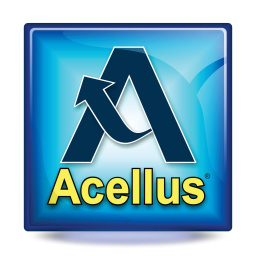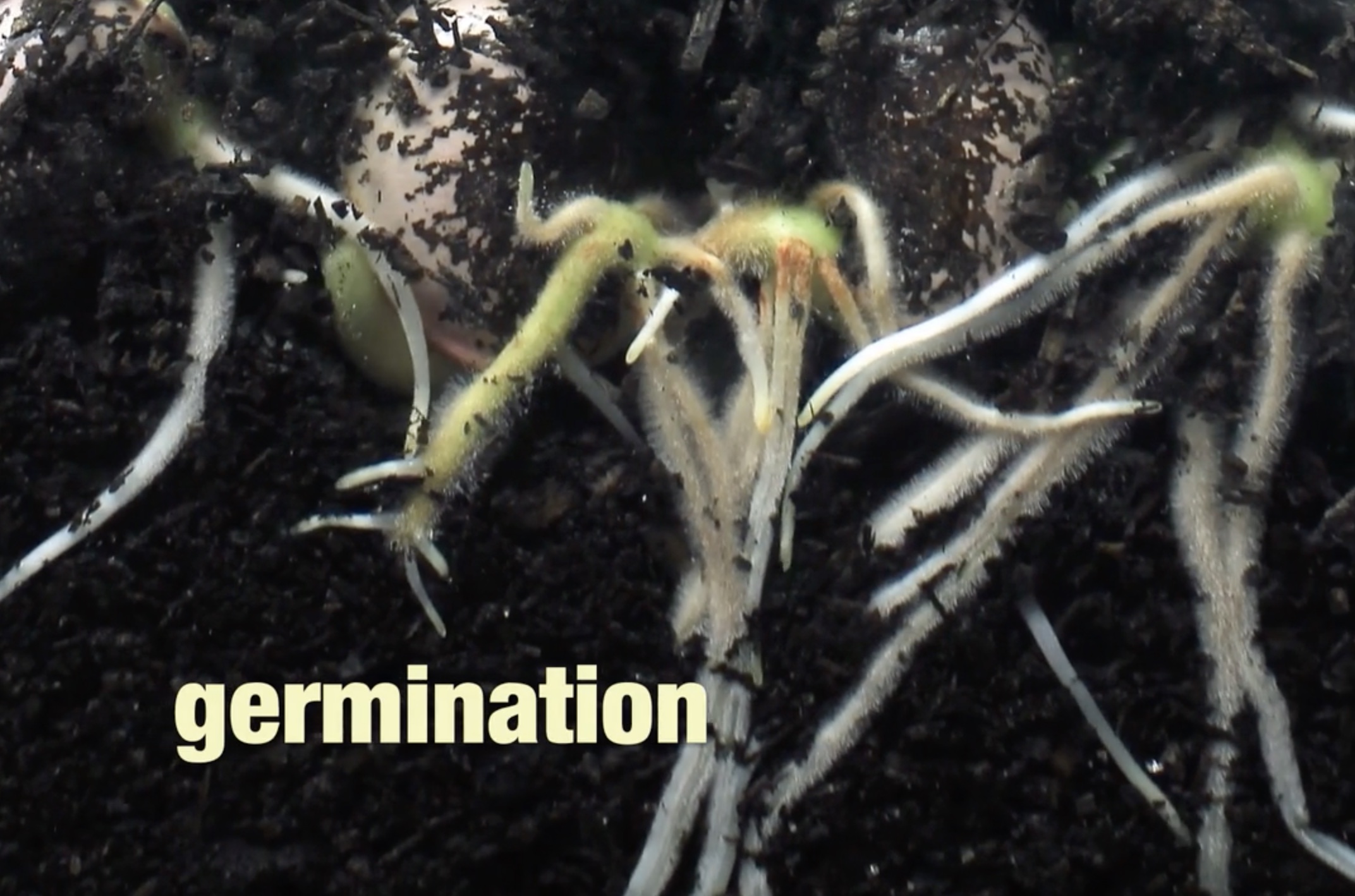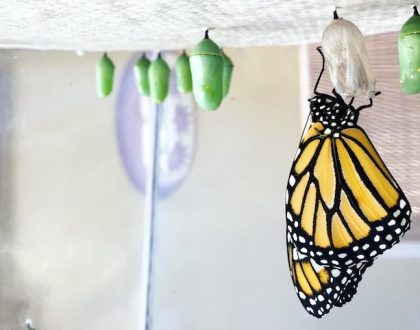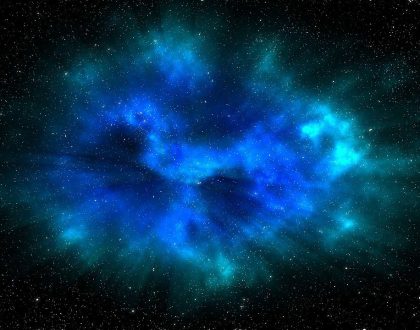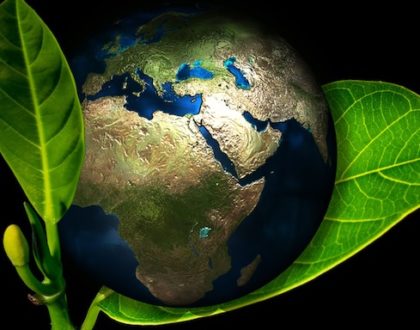Grade 4 Science
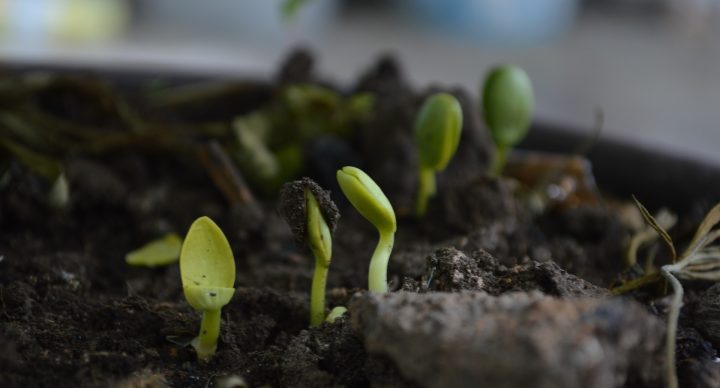
Course Features
Course Details
Course Overview
Acellus Grade 4 Science begins by exploring the properties and states of matter and mixtures. Next, forms of energy, its transference, and insulators will be discussed, followed by magnetic properties, soils, and the various impacts to land, resources, and climate. There are also lessons in the water cycle, Earth patterns, and food life science. Genetics and learned traits will be examined, bringing a conclusion to this well-rounded course that offers students some insight into what happens around us.
Acellus Grade 4 Science is taught by Acellus Instructor Emily Rogers.
Sample Lesson - Life Cycle of a Plant
 This course was developed by the International Academy of Science.
Learn More
This course was developed by the International Academy of Science.
Learn More
Scope and Sequence
Unit 1: Classifying Matter As students are introduced to this course, they will examine matter and its properties. They will cover mass and how to measure it. Next, learners will explore volume and density, followed by states of matter, temperature, and magnetic properties. Unit 2: Mixtures In unit 2 students will learn to identify mixtures of solids and how to separate them. After this, they will study the different kinds of mixtures and solutions. Lastly, learners will be able to plan their own mixtures investigation. Unit 3: Forms of Energy In this unit learners will dive into thermal energy and their conductors. Following this, they will explore light, mechanical, sound, and electric energies. Next, students will learn how energy can be moved and what happens when energy collides with another object. Finally, they will examine energy waves and will be able to plan a device that can convert energy from one form to another. Unit 4: Electricity, Conductors, and Insulators Students will begin this unit by learning to identify the different parts of a circuit and the characteristics of electrical conductors. After this, they will examine insulators and learn to create a working circuit. Next, learners will discover the different kinds of circuits and the purpose of switches. Finally, they will cover how magnets and electricity are related and the different ways to generate electricity. Unit 5: Investigating Forces Unit 5 will show students the differences between push and pull forces and what objects are affected by forces. Following this, they will explore gravity and will learn to measure force. As learners get into the last half of the unit, they will discover speed and velocity, acceleration, and friction. Lastly, students will examine magnetic force and how to study it. Unit 6: Properties of Soil In this unit learners will discover how soils are formed and what their properties are. Next, they will learn to sort soil samples by color, particle size, and texture and then how to measure water retention. As the unit closes students will be able to identify ways to test soil samples and plan a soil investigation. Unit 7: Changes to Land This unit will show students the different kinds of weathering and their effects. After this, they will discover the process of erosion and its relation to weathering, as well as rock weathering and weathering by chemicals and plants. Finally, learners will analyze the patterns of Earth’s features and how to examine rock formations and fossils to describe changes in the world’s landscape. Unit 8: Resources Students explore the differences between natural and renewable resources and how humans misuse them. After this they will learn to conserve renewable resources and how to identify non-renewable resources, Finally, learners will explore how the use of natural resources affect the environment and how to conserve resources using the three R’s. Unit 9: Weather Students learn how to use a thermometer, wind socks, and compasses to measure temperature and wind direction. Following this, they will explore how to measure rainfall, how to identify weather changes over time and how weather fronts are formed. In the final half of the unit learners will examine weather maps, tools used to measure weather elements, and the differences between weather and climate. Unit 10: The Sun and Water Cycle This unit covers the water cycle and how the sun affects it. After this, students will dive deeper into the stages of the water cycle and finally how to model and explain the different parts of the water cycle. Unit 11: Patterns on Earth In this unit students will learn to create models of patterns and relationships in space and the pathways of the sun, Earth, and moon. Next, they will examine the Earth’s rotation and hemispheres as well as the cause of night and day. Finally, learners will explore seasons, the patterns of tides and the phases of the moon. Unit 12: Producers, Consumers, and Food Life Science Unit 12 will teach students about the sun’s role in environments and how to identify producers in an environment. Next, learners will examine how organisms interact in their environment, and what impact consumers have on an environment. After this, they will learn the differences between carnivores, herbivores, and omnivores and the factors of a food chain. Lastly, students will dive deeper into food chains and webs and the effects they have on the environment. Unit 13: Structures and Functions This unit shows students the difference between the structures and functions of plants and animals. First, they will identify the specific structures and function of plants and their purposes. Finally, learners will discover how the structures and functions are important to an animal’s survival and communication. Unit 14: Traits and Learned Behavior In unit 14 students will examine and produce examples of animal trats that come from the parent and traits that are acquired after birth. Following this they will explore the traits of plants and how traits are passed down through generations. The unit will end with learners being able to provide examples of traits that are learned from experience and what instincts animals have at birth. Unit 15: Life Cycles In the last unit learners will learn to use observations in order to compare the stages of a life cycle as well as explain the life cycles of different animals. After this, they will explore an incomplete life cycle, how adult plants reproduce, and ending with learning to compare and contrast life cycles in plants and then in animals.
This course does not have any sections.

